
Blue color in the interior of the living room: the best design options in the photo
Living room in blue
…
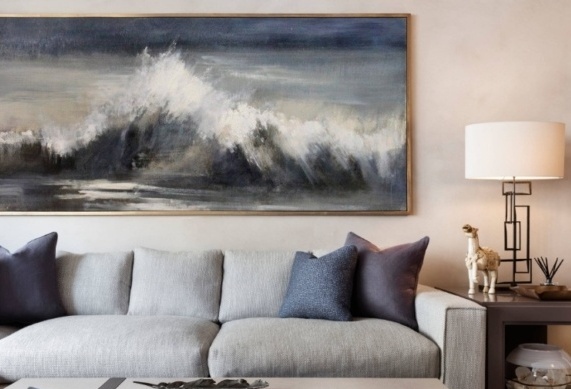
Gray living room: many stylish design options in the photo
Color Options ...
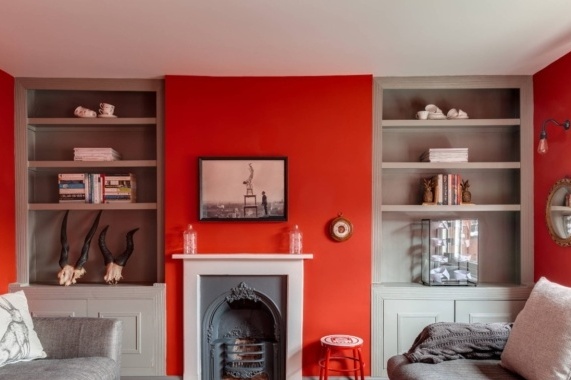
Elegant living room interior in red
Red living room: meaning ...
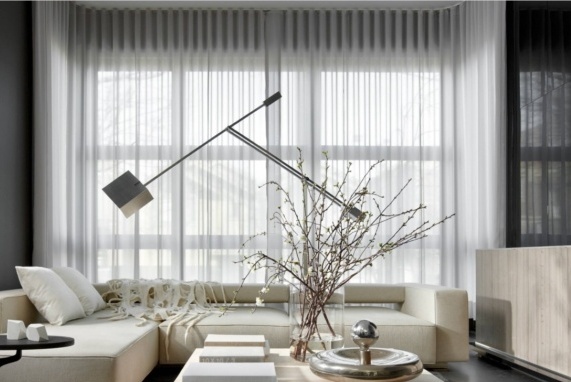
Black living room - luxurious design and design details
Living room decoration ...

Brown living room: a hundred ideas of nobility and elegance in the interior
Brown in shades
…

Dresser in the living room: interesting interior ideas with stylish and fashionable furniture
Different styles
Materials ...
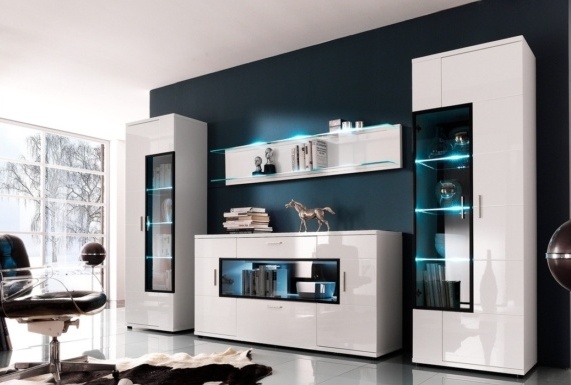
Cabinet furniture for the living room: practical solutions in the interior
Beautiful cabinet ...
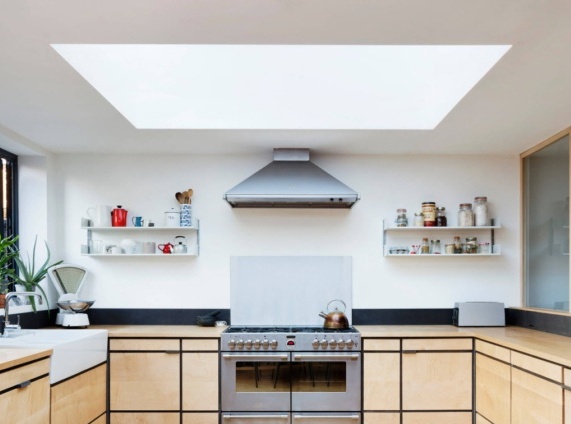
U-shaped kitchen: rules for arranging a functional and beautiful space
Benefits
Rules…

Tile for the kitchen on the apron: the best ideas for decorating the wall above the work area
Practical solutions
…

Kitchen floor: tips for choosing the most suitable cover for you
Which one should be?
…
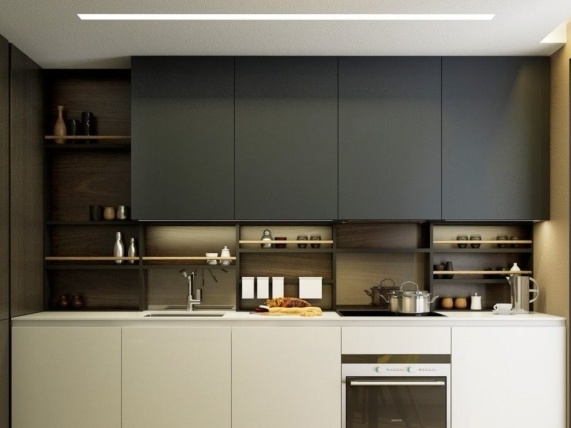
Direct kitchen: interior design according to the advice of designers in photo ideas
What is the feature?
…

Storage area in the kitchen. How to clean up and have everything you need at your fingertips?
How to organize the order ...
Interior wall decoration drywall is one of the so-called "dry methods" of finishing. This option allows you to significantly reduce repair time, omit the process of leveling walls, eliminate the use of concrete and cement mixtures, which leads to a significant reduction in costs.
Drywall walls can be divided into two types:
- Frame - drywall is mounted on a pre-prepared metal or wooden frame.
- Frameless - in this case, plasterboard sheets are glued to the wall surface using a special mounting glue.
Interior decoration of walls with drywall in a frameless way
The first method for walls with minor irregularities less than 5 mm (Fig. No. 1)
We clean the walls of dirt, dust, grease stains, etc. We process the wall with a primer. We proceed directly to the installation after the primer has completely dried. Along the perimeter and along the middle, apply glue with a comb spatula to the drywall sheet. It is also necessary to apply glue to the surface where the shelves, lamps or other elements will be mounted. Then we apply the sheet to the wall and level it, you need to install it on 2 cm lining (you can use wooden blocks or drywall trim). After the glue dries, puttying and grouting are done.
The second method for walls with irregularities up to 2 cm (Fig. 2)
We carry out similar preparatory work, as in the first method. We apply glue in large piles with a step of 20 - 30 cm both around the perimeter and over the entire area of the drywall. Next, press the sheet against the wall and lightly tap it to level it. We also use the lining as the first method.
The third method for walls with large defects and irregularities (Fig. No. 3)
First, we prepare the surface according to the technology described in the first method. We cut strips of drywall 10 cm wide. Then we glue them around the perimeter of the wall, then we glue vertical stripes on the wall surface with a step of 60 cm. After complete drying, we fasten the drywall sheets according to the first method.
Drywall wall decoration in a frame manner
Option 1 and 2 are suitable for walls with irregularities of not more than 10 cm, the drywall is mounted on a wooden or metal frame, which is fixed to the wall using screws and dowels. Basically, the frame is made of a guide profile ПН 50 (65; 75; 100) * 40 and a rack profile ПС 50 (65; 75; 100) * 50. The strut profile is installed in parallel lines with a step of 60 cm between the lower and upper guide. A swivel joint of the profiles is used: the vertical profile fits tightly into the lower and upper and is fixed with screws.
Option 3, this method is suitable for walls with irregularities over 10 cm. A suspended ceiling construction system is used: direct suspension, guides of the PNP 28 * 27 profile and PP 60 * 27 ceiling profile. The frame profile guides are attached through the sealant tape (dowel sealant can be used) in increments of no more than 100 cm. Ceiling profiles are attached to the wall with direct suspensions in increments of 150 cm. The lower and upper suspensions are mounted from the floor and ceiling at a distance of 15 cm. We do not use less than 3 suspensions when mounting one ceiling profile.

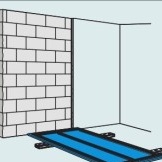
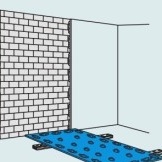
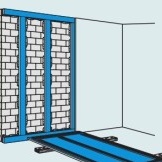
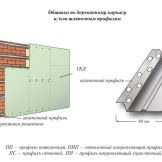
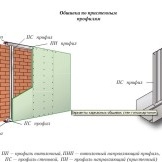
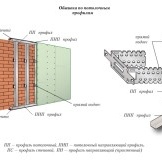
Wall decoration in the bathroom: beautiful design options in the photo
Walls in the bathroom: a variety of finishing materials in a trendy design
The use of artificial wood in modern design projects.
Stencils for walls: painting options
Wall decoration with cork wallpaper: the nuances of using natural material
Wall painting in the apartment: finishes and creative design techniques
Wall painting in the interior - your unique home design
Textured Venetian plaster
Moldings: 100 ideas for interior use
Wall panels for modern interior decoration
Choosing the perfect wall color for your bedroom
How to decorate the walls in the corridor practical and beautiful?